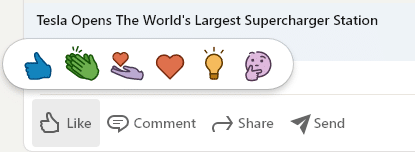Nearly 3 years ago in December of 2017 Facebook announced a quality update for the News Feed algorithm in a post titled “Fighting Engagement Bait on Facebook”. The post explains that users have complained about posts that “goad them into interacting with likes, shares, comments, and other actions” and therefore Facebook would be demoting such content in the feeds of users. This didn’t happen across the globe immediately or to all types of content overnight, instead Facebook slowly rolled out their fight against engagement bait started in December of 2017 and ending in January of 2019 when they updated the announcement post to say they were targeting engagement bait in the audio of video content added to the platform.
Engagement bait was an incredibly effective tactic for a long time on Facebook, essentially allowing a page admin to optimize their News Feed reach by gaming the system. The more users who engaged with content in various ways, the more popular Facebook’s algorithm would believe a post was. The more shares a post got from users to their profiles, the more organic reach the message would get. If you were trying to go viral from 2009 to 2017 this was one of the main weapons in your arsenal.
The demise of engagment bait on Facebook took with it various viral pages, many of which I’m sure most of us do not miss, but it did not end engagement bait. Now on the platform instead of asking people to take a specific action most social media marketers know to ask questions which will certainly result in an answer and drive that sought after engagement.
The tactic itself didn’t die either just because of Facebook’s actions and on some platforms we see engagment bait as almost normal or expected. For example on YouTube asking your viewers to “Like” or “Smash that thumbs up button” or “Don’t forget to subscribe” is often seen as normal call-to-action that a creator has to use in order to keep their channel growing and their audience engaged.
On Twitter appending “Please RT” to your Tweets is still nearly as effective today as it was years ago when the platform was new especially if it is appended to a tweet about a sensational subject matter.
Now it seems we have a new Facebook-esque platform for engagement bait: LinkedIn.
The platform released “Reactions”, which are similar to Facebook’s reactions in both name and implemntation, back in April of 2019. The list of reactions on LinkedIn are (in order of appearance) Like, Celebrate, Support, Love, Insightful, Curious. You may notice two of them look very familar.
Astute observers of LinkedIn may have noticed that ever since the addition of these reactions the feed on LinkedIn has begun to resemble Facebook’s News Feed, often showing content from people and businesses you are not connected to and often highlighting content with salacious titles or that speaks to a specific demographic. This may be part of the reason why many have seen a sudden influx of political opinions, social issues, and other content once relegated to Facebook and other non-business networks.
These two events are likely correlated and based on how an algorithm might use such reactions to surface content it is programmed to believe is important for users, which is known to create Filter Bubbles and echo chambers in which users see only content they agree with or that drives large volumes of engagements. Those marketers that have noticed this trend and are aware of how succesfful engagement bait used to be on Facebook, might be tempted to try it on LinkedIn.
Those marketers are likley finding it quite successful too as the below screenshots from content in my feed shows.
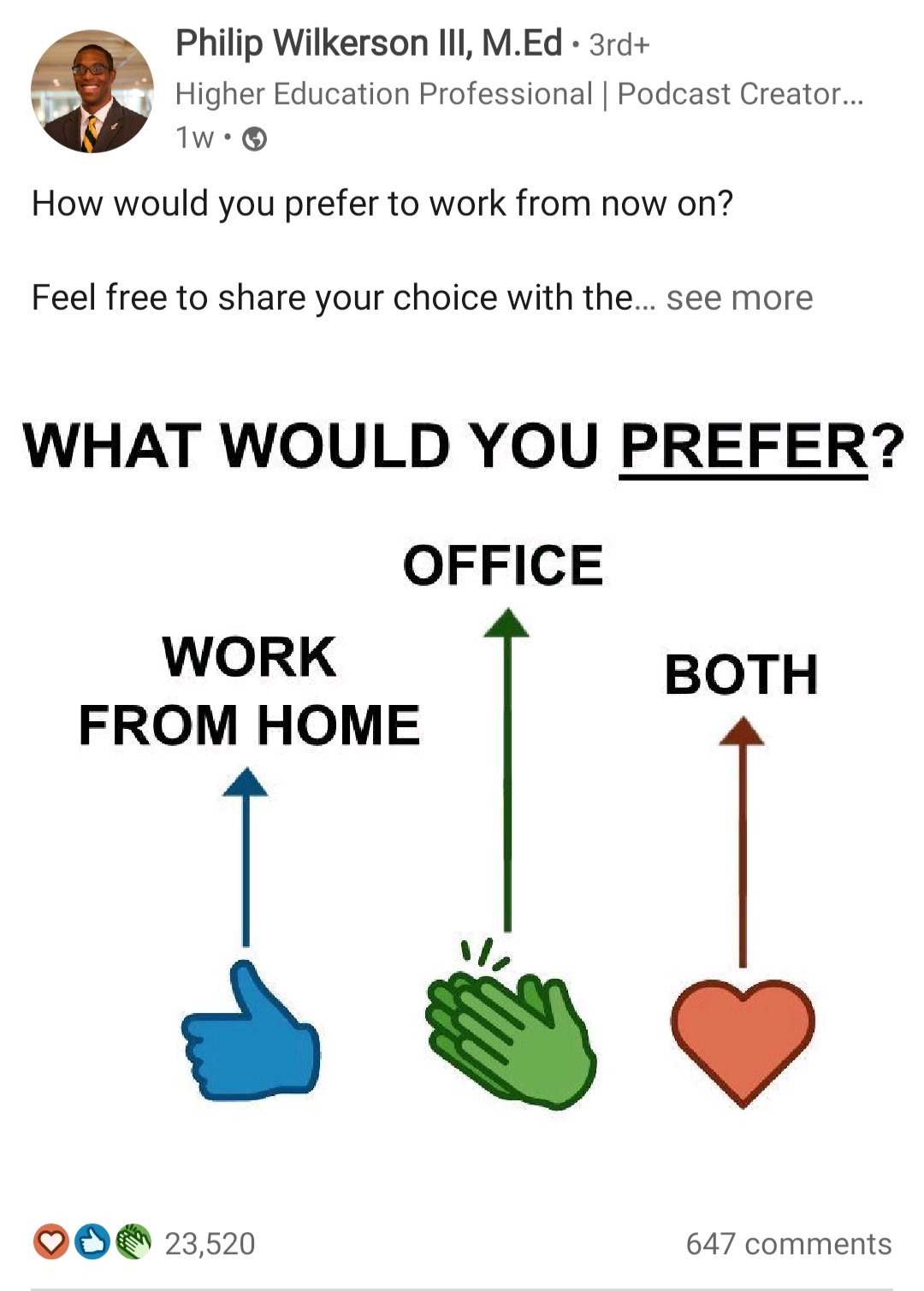
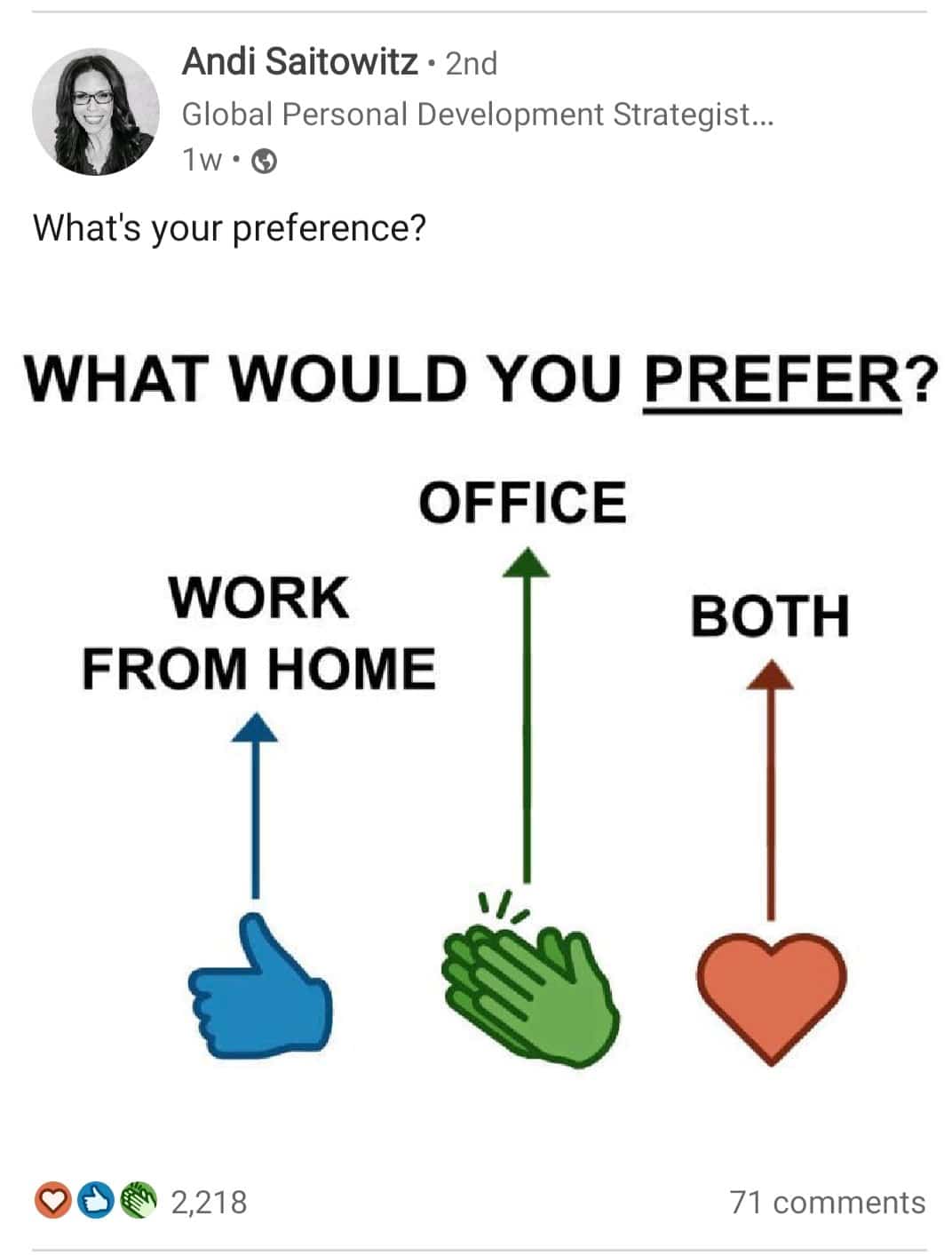
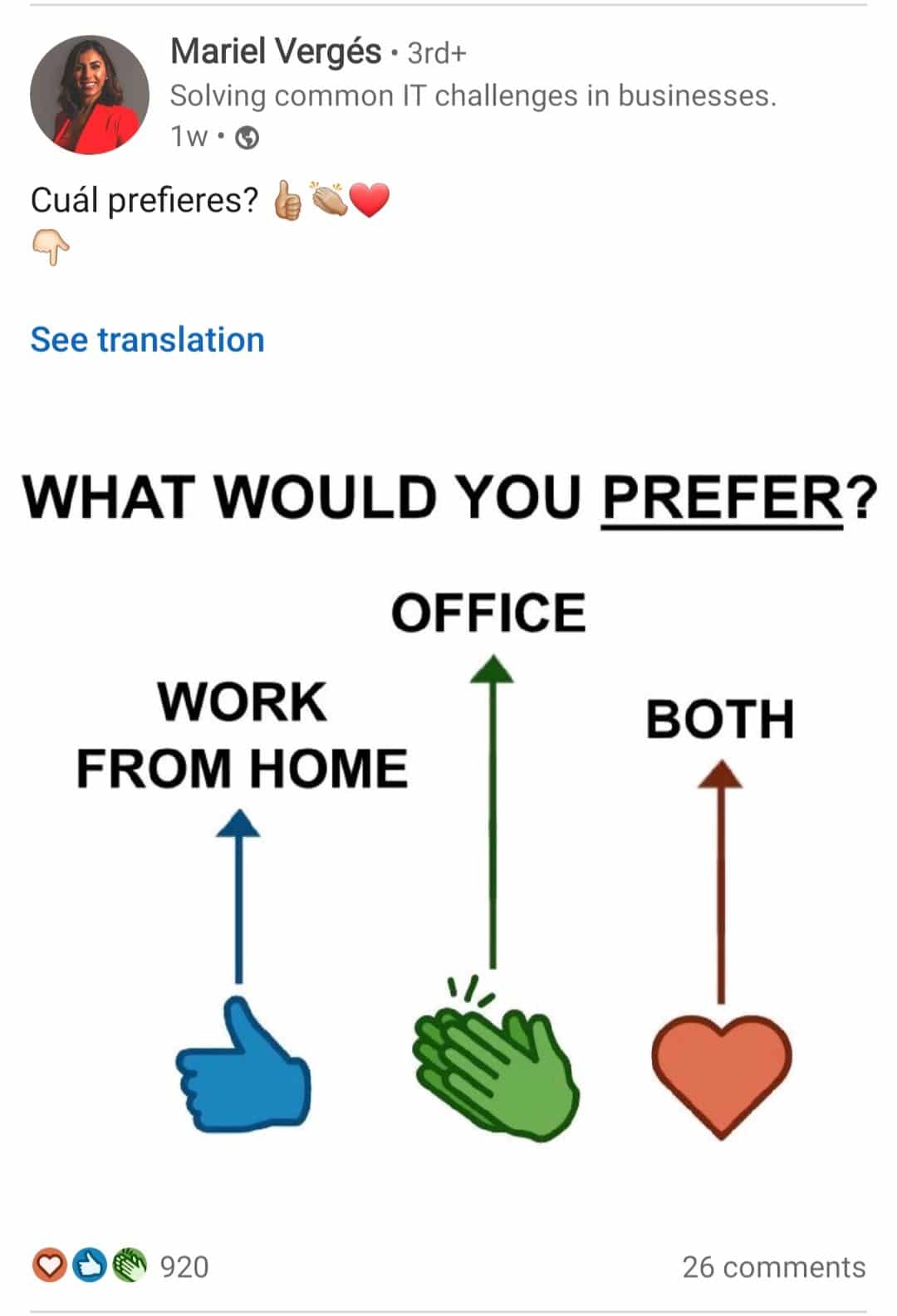
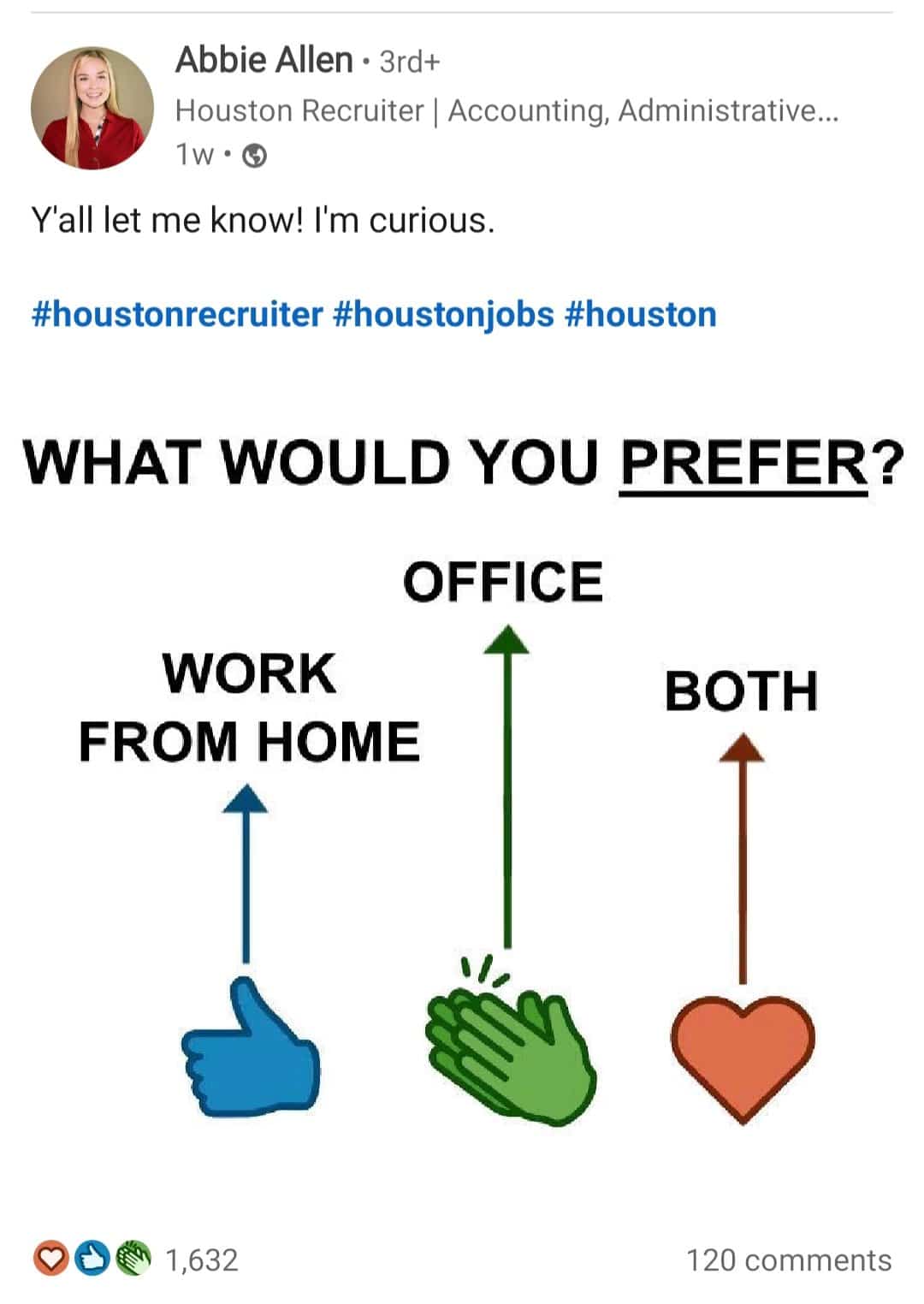
Similar to Facebook the age of engagement bait on LinkedIn may have a shelf-life if users on the platform complain about it and it becomes a liability for them. However, there’s a similar chance that engagement bait content on LinkedIn is able to carve out a sort of normalcy.
For now though, all we know is that it appears to be working to help spread your message across the platform and should be a tactic to consider for any current marketing inititives.
The post by Philip Wilkerson III, M.Ed appears to have started this trend and/or is the most successful one so far. I’ve embedded it below for your review.

